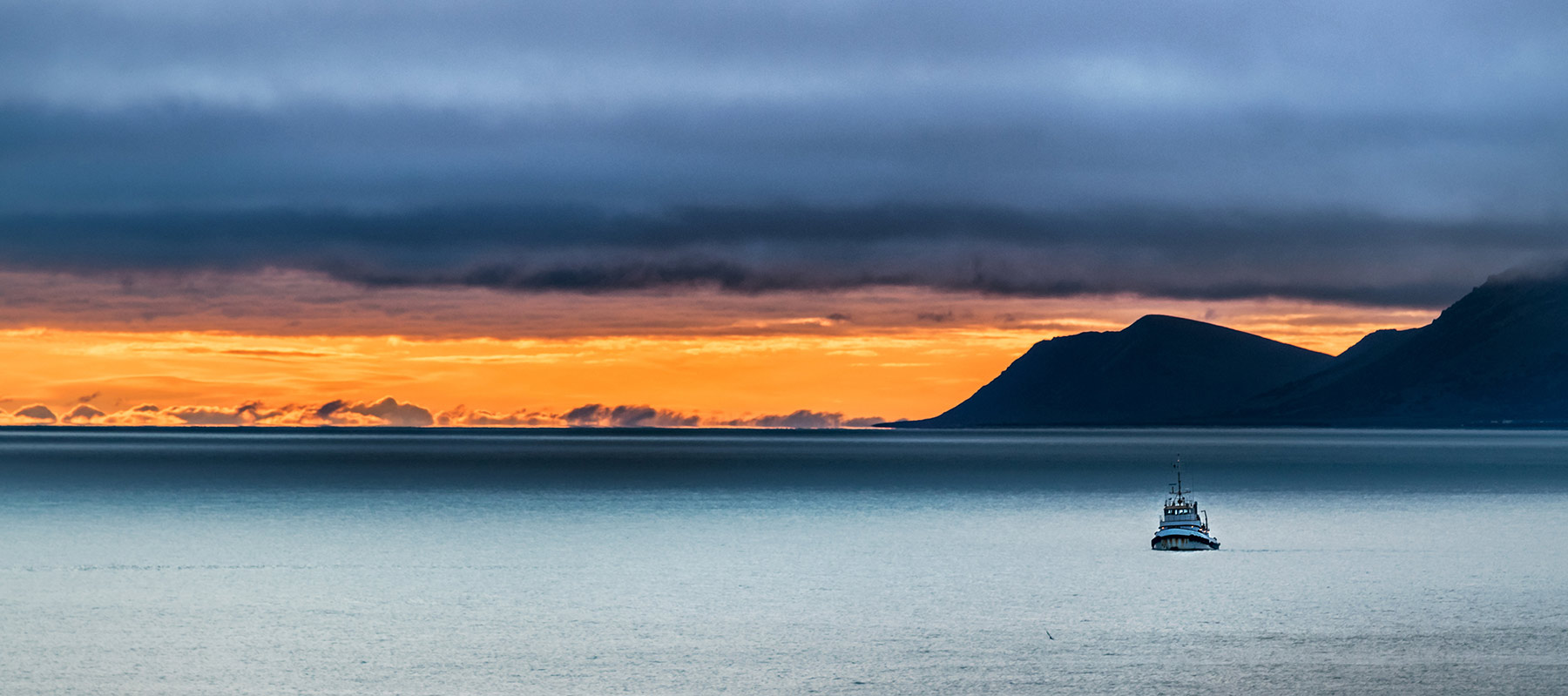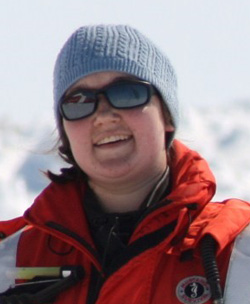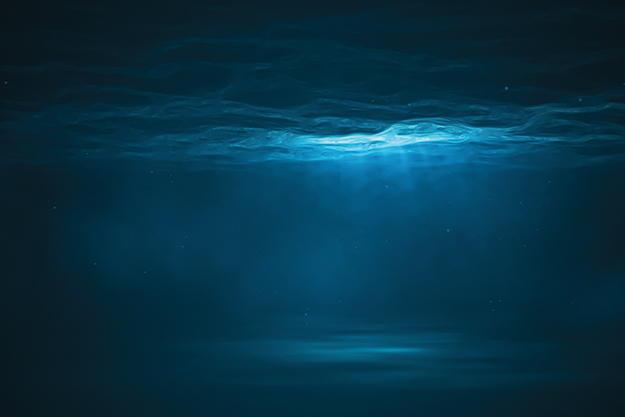Bering Sea

What We Know
The cold, naturally carbon rich waters of the Bering Sea make the region particularly vulnerable to ocean acidification. Corrosive conditions have already been observed in summer bottom waters and in nearshore environments influenced by freshwater river runoff. Conditions at the bottom of the Bering Sea shelf are relatively more acidic than at the surface due to naturally occurring processes, but ocean acidification is expected to increase the spatial extent, duration, and intensity of harmful conditions. This could lead to impacts on bottom-dwelling organisms, like mussels and clams.
Bottom waters are more challenging to monitor, primarily relying on ship-based sampling methods that are only conducted in the summer. Thus, we have relatively less information regarding the development of these more acidic bottom conditions over the course of the year.
To fill this gap, researchers are developing computational models to help track the seasonal development and spatial extent of the more acidic Bering Sea water conditions. These models are also being used to track these conditions backwards in time in order to understand how they have changed over the past several decades. This information provides context for understanding the range in water conditions that marine organisms have previously experienced compared to what they may be experiencing now and in the near future.
Bering Sea Regional Profile
The geography of the Bering Sea includes the Aleutian Islands and the waters of Bristol Bay, the Yukon and Kuskokwim Deltas, and Norton Sound. These are the traditional waters of Iñupiat, Central Yup’ik, Cup’ik, St. Lawrence Island Yupik and Unangan indigenous peoples. Important subsistence fisheries in the area include all five species of salmon, herring, halibut and shellfish fisheries. The Bering Sea also supports some of the largest and most valuable commercial fisheries in the United States including red king crab, golden king crab, snow crab, Dungeness crab, Tanner crab, Pacific cod, walleye pollock, weathervane scallops, Pacific herring, Pacific salmon and other groundfish. These and other species are harvested by both local and non-resident fishermen and processed at shoreside plants and at sea. Finfish and shellfish stocks in the Bering Sea provide year-round commercial fishing opportunities for all size classes of vessels and sustain important subsistence harvests for local residents. Local communities also harvest marine mammals, seabirds and seabird eggs.
Photo Gallery
↓Click to enlarge↓
Recent Studies
Model results suggest that during summer (July-Sept.) each year, about half of the U.S. Bering Sea shelf bottom waters are corrosive (average Ωarag < 1), mostly on the middle and outer shelf. Conversely, surface waters during summer are generally well buffered and less corrosive (Ωarag values well above 1). This is because phytoplankton have removed CO2 in the surface water through photosynthesis and the water column is more stratified than in winter when storms cause these layers of water to mix. The exception is near regions of major river runoff (e.g. Yukon and Kuskokwim) where freshwater is diluting the buffering capacity of the seawater. Model results project that surface water corrosivity (Ωarag) will decrease by an additional 36-47% under a high global carbon emissions scenario by 2100 and 12-19% under a moderate emissions scenario.
Dynamically Downscaled Projections of Ocean Acidification for the Bering Sea: Pilcher et al 2022
- Used a regional ocean model to downscale output from three different global-scale Earth System Models.
- Produced projections for changes in carbonate variables from 2006-2100 under the climate emissions scenarios RCP 8.5 and RCP 4.5.
- Output used to highlight projected OA rates for the Bering Sea shelf along with spatial variability.
Results
- Surface water changes were greater than at the bottom, though bottom waters are initially closer to the Ωarag = 1 horizon.
- Summer surface waters remain well buffered until 2100 even under RCP 8.5. However, Ωarag < 1 conditions occur for ~ 5 months per year during winter-fall by 2100 under RCP 8.5, and 2-3 months under RCP 4.5.
- Rates of decreasing Ωarag and pH are greatest in the southeastern Bering Sea shelf and outer shelf domain.
Modeled Effect of OA on Aragonite Saturation State in the Bering Sea: Pilcher et al 2019
Modeled Effect of OA on Aragonite Saturation State in the Bering Sea: Pilcher et al 2019
- Developed the carbonate chemistry component of a regional ocean model.
- Validated model with available observational data and hindcasted Bering Sea conditions between 2003-2012.
- Used model to assess how climate variability and coastal processes impact aragonite saturation state across the Bering Sea shelf.
Results
- Surface inner shelf waters near freshwater river runoff contain much lower Ωarag values compared to the middle and outer shelf domains.
- Model suggests a large seasonal cycle in surface Ωarag values, with much greater values in late spring-summer, but much lower values in winter.
- Transition from a warm to cold temperature regime promoted an increase in ocean carbon uptake and decrease in Ωarag.
- Increase in ocean carbon uptake in the cold temperature regime was driven by an increase in fall primary productivity.
Implications
Laboratory studies suggest that ocean acidification may negatively impact a number of commercially and culturally important species in the Bering Sea. The long-term goal of local research is to generate information that supports sustainable fisheries management over long- and short-term time scales. To this end, oceanographers are working closely with fisheries researchers to develop ecological indices for key species. This is an interactive process as researchers are continually incorporating feedback from interested stakeholders to better refine the species focus of these models.
Researchers
Stories
Feb 2021
Arctic Today Website
Feb 2022
Darren Pilcher presentation (YouTube)
Mar 2019
Ocean Acidification news stream











